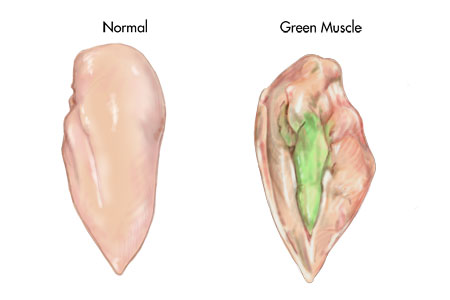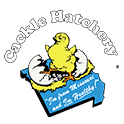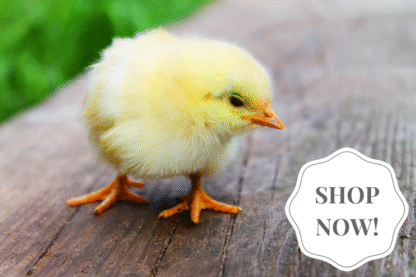
First, let’s dispense with a few myths. Green muscle disease is not a disease. It is a disorder involving muscle degeneration. Second, among chickens it affects only Cornish-cross broilers, but not other types of meat chickens. Third, it is not new, having been identified since 1968. And fourth, green muscle is highly preventable.
What is green muscle disease?
Green muscle was first identified in broad-breasted turkeys. Among chickens, the disorder affects heavy-breasted broilers — cockerels more often than pullets.
The condition is not evident until the broiler is slaughtered and its tenders are found to be discolored. The tender is the part of the breast, or pectoral, muscle that lies deep within the breast, closest to the breastbone.
When the breast is removed from the bone, the tender is the strip that has a tendon running through it and that readily separates from the main part of the breast. Because the tender is the inner, or deep, pectoral muscle, green muscle disease is technically known as deep pectoral myopathy (DPM).
This condition is a direct result of broilers having been bred for excessively large breast muscles, which can be as much as 25% of a bird’s total body weight. Further, heavy broilers do little more than sit around eating, so their muscles don’t get enough exercise to allow for a well-developed system of blood flow.
What causes green muscle?
The deep pectoral is the muscle used to raise the wing. It is trapped between a tough, inflexible sheath and the breast bone. When a broiler flaps its wings, blood flow increases to the muscle. As blood flow increases, the muscle expands until it becomes so restricted that the blood flow stops.
If the wing flapping continues, the muscle is deprived of oxygen. As a result, the tender bruises, atrophies, and dies. It may look bloody or yellowish or be an unappetizing green color, depending on how long after the wing flapping incidence the broiler is slaughtered.
Green muscle disease is more likely to affect broilers that are raised to heavier weights, such as for roasting, rather than those harvested at the earlier fryer stage. It also affects broilers raised in cooler weather, since they grow faster than those raised in warm months.
It can be a bigger issue for pastured broilers than confined broilers, because chickens kept outdoors are subject to a greater variety of scary experiences. These experiences include such things as a moving chicken tractor, prowling predators, large birds flying overhead, mowers operating nearby, or sudden loud noises from passing people or vehicles.
How is it treated?
Green muscle disease is one of three breast myopathies that affect broilers. The other two are white striping (a result of fat marbling) and woody breast. None of these conditions is evident until a broiler is slaughtered and its breast meat is examined.
And none of these conditions has been attributed to any known infectious agent. Instead, they appear to result from malfunctioning metabolism in the muscle cells. Because these conditions produce no outwardly visible signs, and do not affect a bird’s behavior or health, no treatment is possible.
Is the meat safe to eat?
Since green muscle is not a disease involving pathogenic agents, the meat is safe to cook and eat. However, the color alone makes its appearance unappetizing.
Further, the meat may have an unpleasant taste or a firm, fibrous texture. However, you could easily trim away the affected part and cook the remainder of the breast as usual.
How is green muscle prevented?
Green muscle can occur after just one serious episode of wing flapping. But more typically it results from an accumulation of multiple minor episodes. Prevention involves taking the following measures to ensure heavy-breast broilers are not startled into flapping their wings:
- Keep small children and household pets from chasing the broilers.
- Do not catch or carry the birds by their wings or legs.
- Do not provide perches, since they flap their wings to fly down.
- Avoid overcrowding, which increases jostling and stress.
- Provide sufficient feed and water stations for the number of birds.
- Avoid rough handling and fast movements when visiting the flock.
One meat-bird option to white Cornish broilers is a colored Cornish hybrid, such as Color Yield, Freedom Ranger, Kosher King, or Red Broiler. These chickens grow more slowly than white hybrids, therefore are not afflicted by any of the breast meat myopathies.
Another option is to raise a heritage breed and harvest the surplus cockerels for the freezer. Heritage breeds with the greatest potential as broilers are: Delaware, New Hampshire, Plymouth Rock, and Wyandotte.
Naked Necks aren’t a heritage breed, but they do make good meat birds and have sparse plumage that can be an advantage at plucking time. All these breeds have a moderate to slow growth rate, and therefore they do not incur breast myopathies.
By properly managing your homegrown broilers to minimize stress you needn’t be concerned about the possibility of serving green chicken meat to your family or selling it to your customers.
And that’s today’s news from the Cackle Coop.
Gail Damerow has written numerous books about keeping poultry, many of them available from the Cackle Bookstore.

